Moravian College Becomes a Little More Revolutionary with New Doctoral Program in Athletic Training
Moravian College recently became the fifth college in the country to offer a doctoral program in athletic training.
Dr. James Scifers serves as chair of the department for rehabilitation sciences and is the director of the Master of Science in athletic training program. He explained the advantages of this new program and the array of options available to students at the Sports Medicine and Rehabilitation Center, which is located at 1441 Schoenersville Road.
What is the Sports Medicine and Rehabilitation Center?
This building [Sports Medicine and Rehabilitation Center] is home to the current and developing graduate programs in the rehabilitation sciences. This is where all the classrooms, laboratories, and faculty offices are for those programs. Currently, we have the Master of Sciences and athletic training program, which is up and running. We are in the process of developing graduate programs in occupational therapy, speech pathology, and physical therapy.
What are you most excited about as director of the program with this new facility?
One of the things that we are most excited about is that we just had the fifth doctoral program for athletic training in the country approved. We are really excited that the program is going to launch in June 2018. It’s the first doctoral program in the history of Moravian College. We’re also excited because it is an unusual program; again there are only five in the country, and there is only one other one on the East Coast. It’s a great opportunity to provide advanced education to sports medicine professionals, people that are working in the field of sports medicine providing care to not just athletes but physically active folks in the workplace and in the military.
Can students be treated at the Sports Medicine and Rehabilitation Center?
We have Kelly Hoots here. She provides free care to students who are not varsity athletes, [because] those folks are treated up in Johnston Hall. So, anybody who is a club sport athlete, an intramural athlete, a recreational athlete, or somebody who just has a fall down the stairs or is involved in performing — [and]we see a lot of the same overuse of injuries with individuals that are in the band — she provides free care to them. She provides care both out of the Health Center and out of this building, providing rehabilitation services. She [also provides care] for faculty and staff, as well any member that has knee pain that works out in the Fitness Center or someone who has back pain because they overdid it gardening over the weekend. She is available to provide service for free, so that’s a very nice opportunity for the Moravian community that unfortunately I don’t know that Moravian College is aware of.
How many students are enrolled in the whole department?
We have an undergraduate program in health sciences and within that program there are tracks for each of the graduates programs. There’s a pre-athletic training track, pre-occupational therapy track, pre-physical therapies track, and a pre-speech pathology track. There are about 120 students in that health sciences major.
What’s the coursework like? Do students get to work with doctors from St. Luke’s?
A lot of the course work revolves around courses outside of the department. For example, in the pre-occupational therapy track, there are a lot of courses in the social sciences, psychology, sociology, anthropology. In the pre-physical therapy track, a majority of the courses are in the sciences, so those students take biology, chemistry and physics courses. We’re using a lot of existing courses here.
At Moravian, we do have some specialized courses within the health sciences major that allow students do some hands-on activities. One, in particular, allows them to go out and observe St. Luke’s clinicians. If they want to ultimately go on and get their doctorate in physical therapy, they get to go out and shadow a physical therapist from St. Luke’s. If they want to become an athletic trainer, they will shadow one of the athletic trainers from St. Luke’s or one of the athletic trainers here at Moravian, so it gives them some real-world experience in that area. In the graduate programs down here, all of those courses are very hands-on because we are preparing those individuals to become health care providers. In order to do that you need to be able to interact with patients and provide services to those patients.


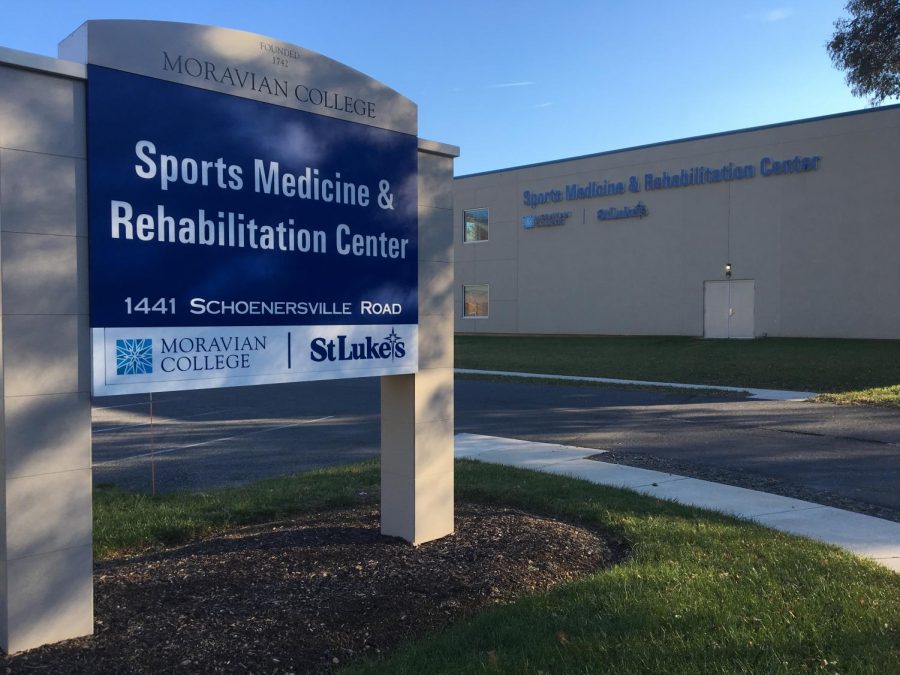
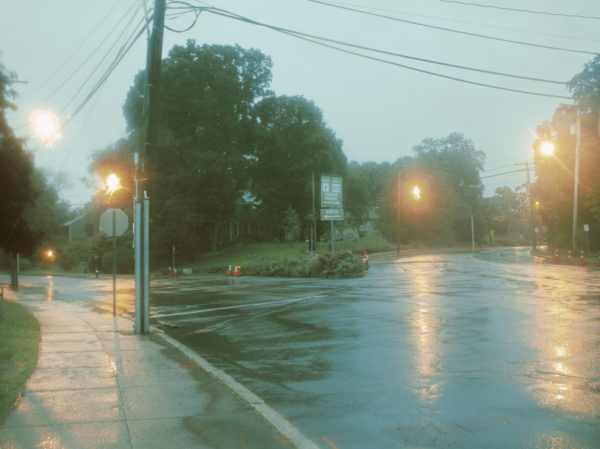
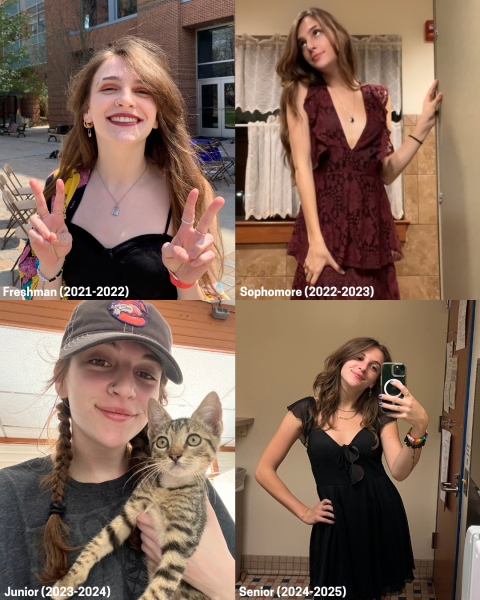
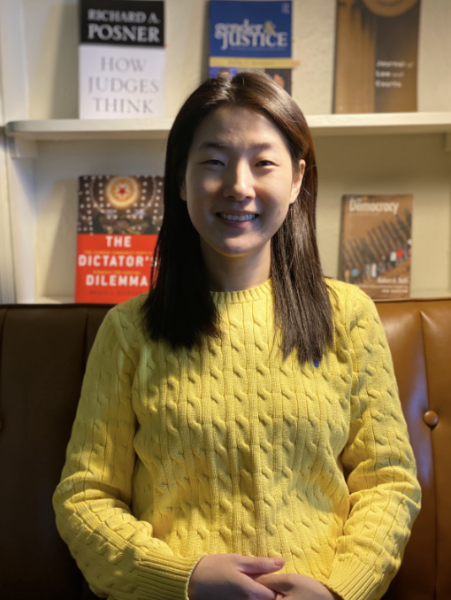

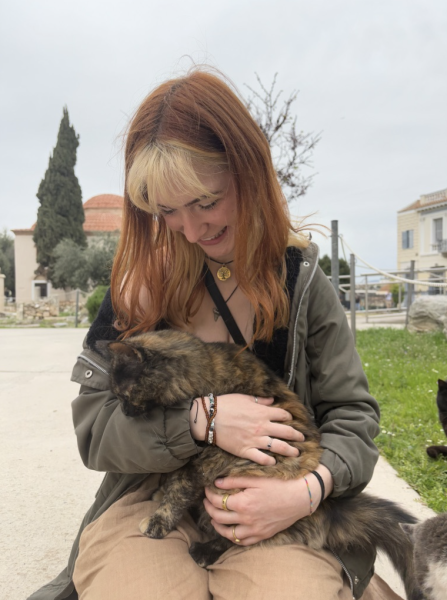

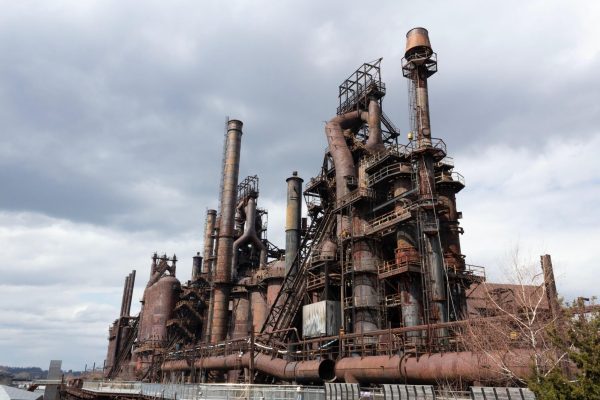
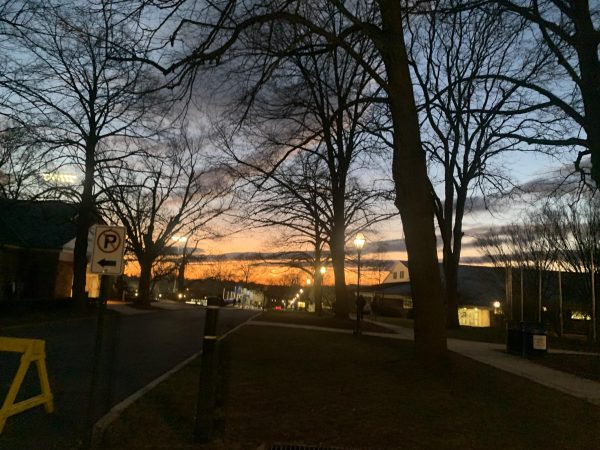
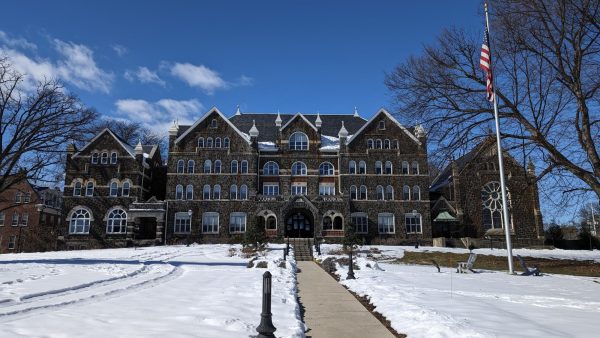
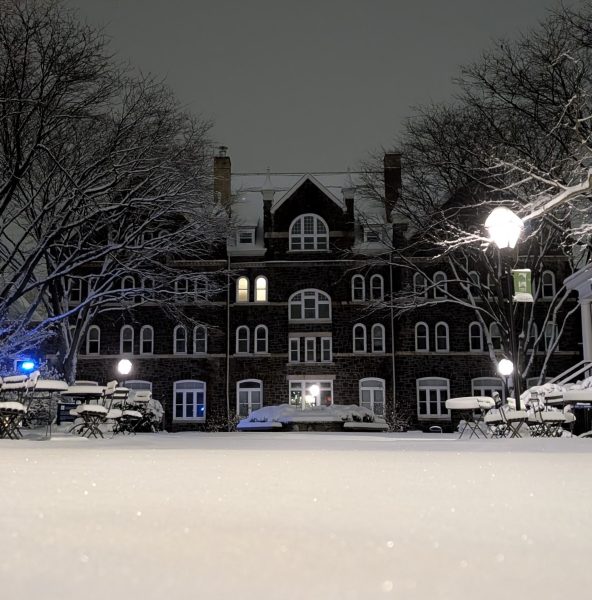
Doris Schattschneider • Dec 8, 2017 at 11:45 am
It is not well known, but contrary to your statement ” It’s the first doctoral program in the history of Moravian College”, Moravian did award some doctoral degrees in the mid-twentieth century. I do not have the facts at hand, but Moravian’s former archivist Dan Gilbert did find that out. Someone should research this so that correct statements are made.
Congratulations on the new program– it is very fitting for today’s emphasis on fitness, wellness, and good health.